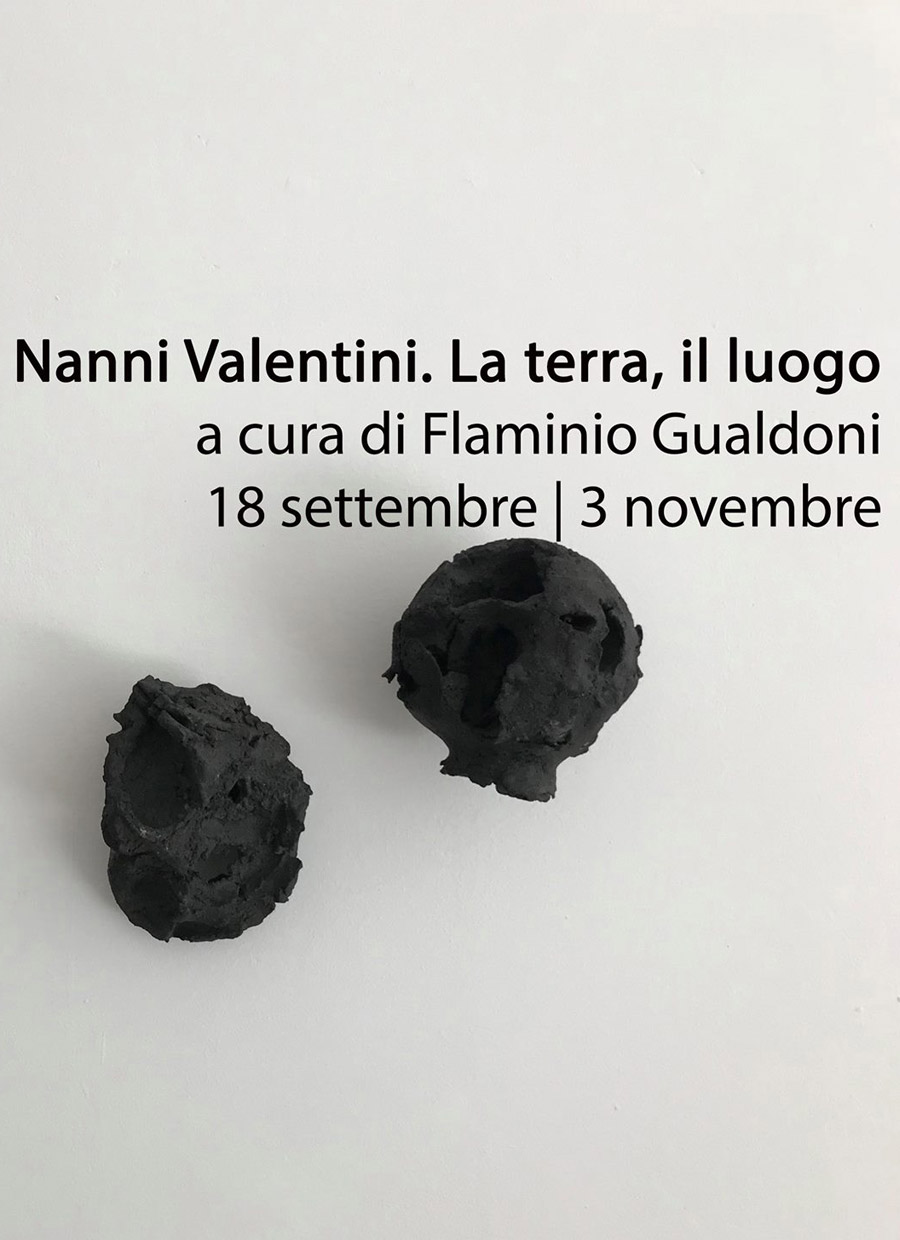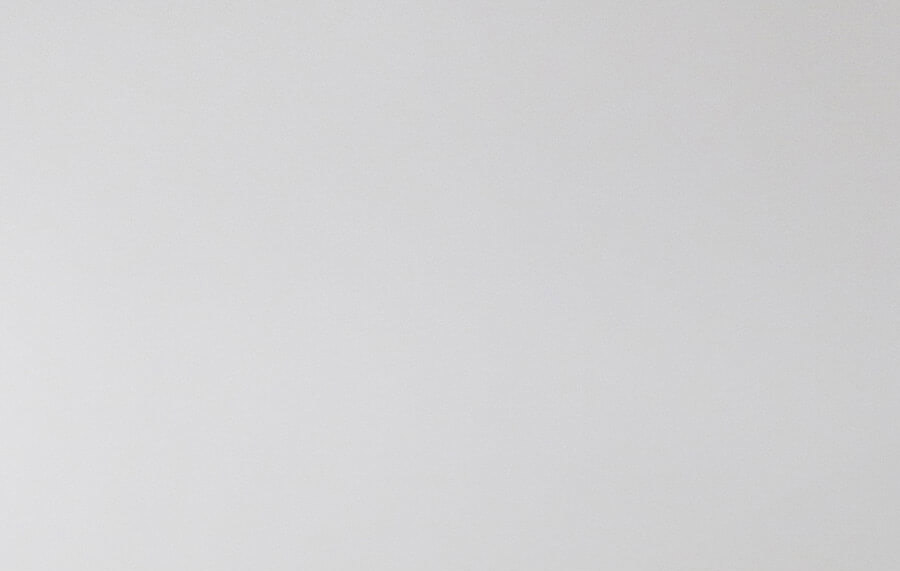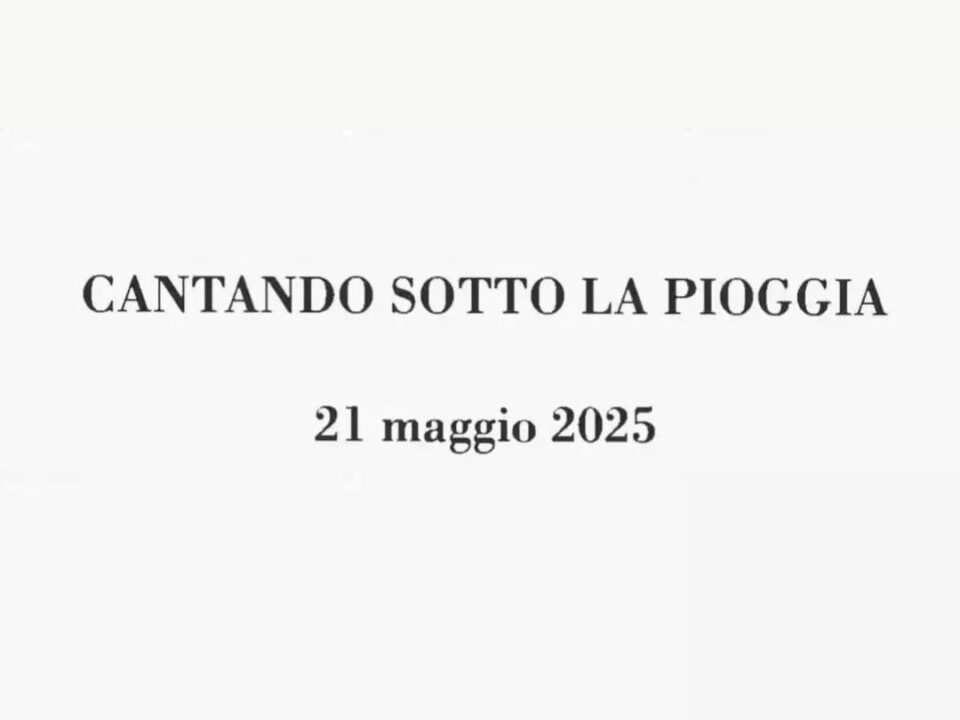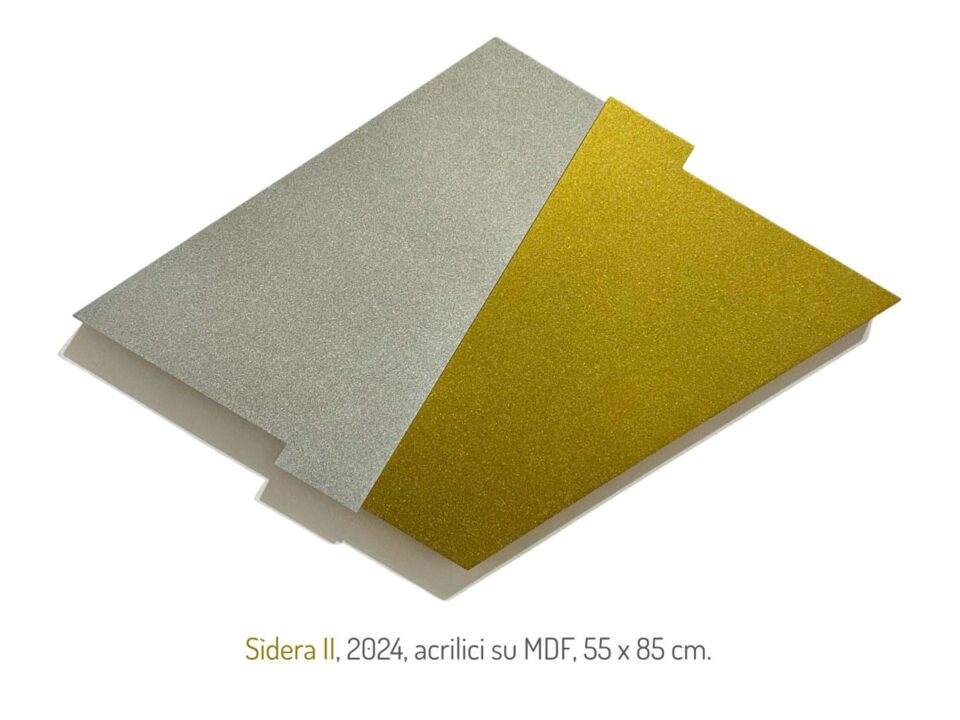
Nanni Valentini: La Terra, il luogo (a cura di Flaminio Gualdoni)
18 Settembre 2018
Raffaele Cioffi: Vapors of light (a cura di Alberto Barranco di Valdivieso)
20 Novembre 2018September 18th - November 3rd 2018
Opening hours: Tuesday - Saturday | 2.00 pm – 7.00 pm
The theme of the house, a Hideggerian dwelling, is together with the hearth, the highest point of Nanni
Valentini's operative reflection around the idea of place.
The house generates the inner and the outer, it closes the space by saying it, it is uterus and warmth,
darkness and intimacy: matter of living. And it is stability, stillness, and consistency, which finally
dialogues with the breath of the angel's appearance, the last and ineffable figure of the artist’s abruptly
interrupted path.
It was in June 1981, when Valentini announced it explicitly in the solo-man show "The houses" at
Galerie Babel in Heilbrönn. Then, in 1982 there were studies for four large houses, seeds of his future
works; in 1983 the House for Pierpaolo, and in May 1984 the exhibition entitled "Houses" at the Museu
de Ceràmica in Barcelona.
Two out of the four studies of 1982 attained complete versions. The first one was exhibited in January
1984 during his Milan’s show at the PAC - Padiglione d'Arte Contemporanea. It was a closed volume,
opaque, clamped on itself, with those concrete foreign walls, the so-called “introvert mass". There are
four vertices and four capitals: faces - another theme of devastating and complicit intensity. They carry
within themselves the Romanesque flavour of the figurative architectural junction, which is both a
glance from and towards architecture, which is a structure and a digressive formal irruption: that is,
above all, a radical questioning of the apparent duplicity of the ideas of the body it calls.
The second one was displayed in April 1987 at the Galleria Civica di Modena: after his death, but
already entirely realized in the studio. It is the passage of the angel, which is already present in the
works exhibited at the Hetjens Museum, Düsseldorf, in January 1986, for which the artist writes in
November 1985, a few days before leaving, December5th: "Neither man nor ghost, but angel, who
moves quickly away looking back as if he wanted to rewrite his past. His face, due to the discontinuity
of the moments, has not been recognized, but the hair, yes: in their place there are some curls of paper,
certainly written. The house was just there - motionless - and its walls have captured that shadow that
was passing. I brought earthenware to Düsseldorf and I thought of it as fragments of the part of that
wall designed by that shadow. Those clay bricks have been transformed so that in the future passage,
the angel would not find walls but elements of a space closest to him.”
In this exhibition we have assembled some traces of that path, signs disseminated within an operation,
reflection, and dream ("When I work I try to put the ground between myself and the look: but the sense
is equally portrayed and the push is identified with dreaming") radical and final, rough and sweet,
ferocious and capable of wonder, around the idea of form and place, provoking the indifference of the
earth because "the art made with ‘terra cotta’ can tell us about the appearance of places, the presence,
even distant, of abandoned ghosts with silent faces, of non-reflective thicknesses, and of less awaited
paths. Clues, fragments, but certainly desire to come out of the metaphor again."




